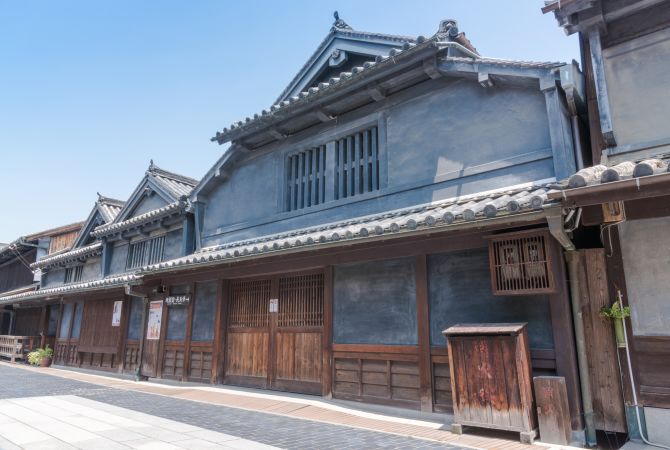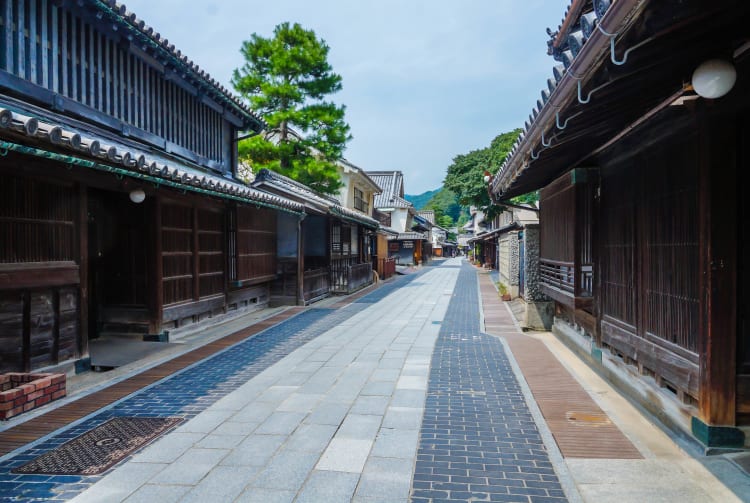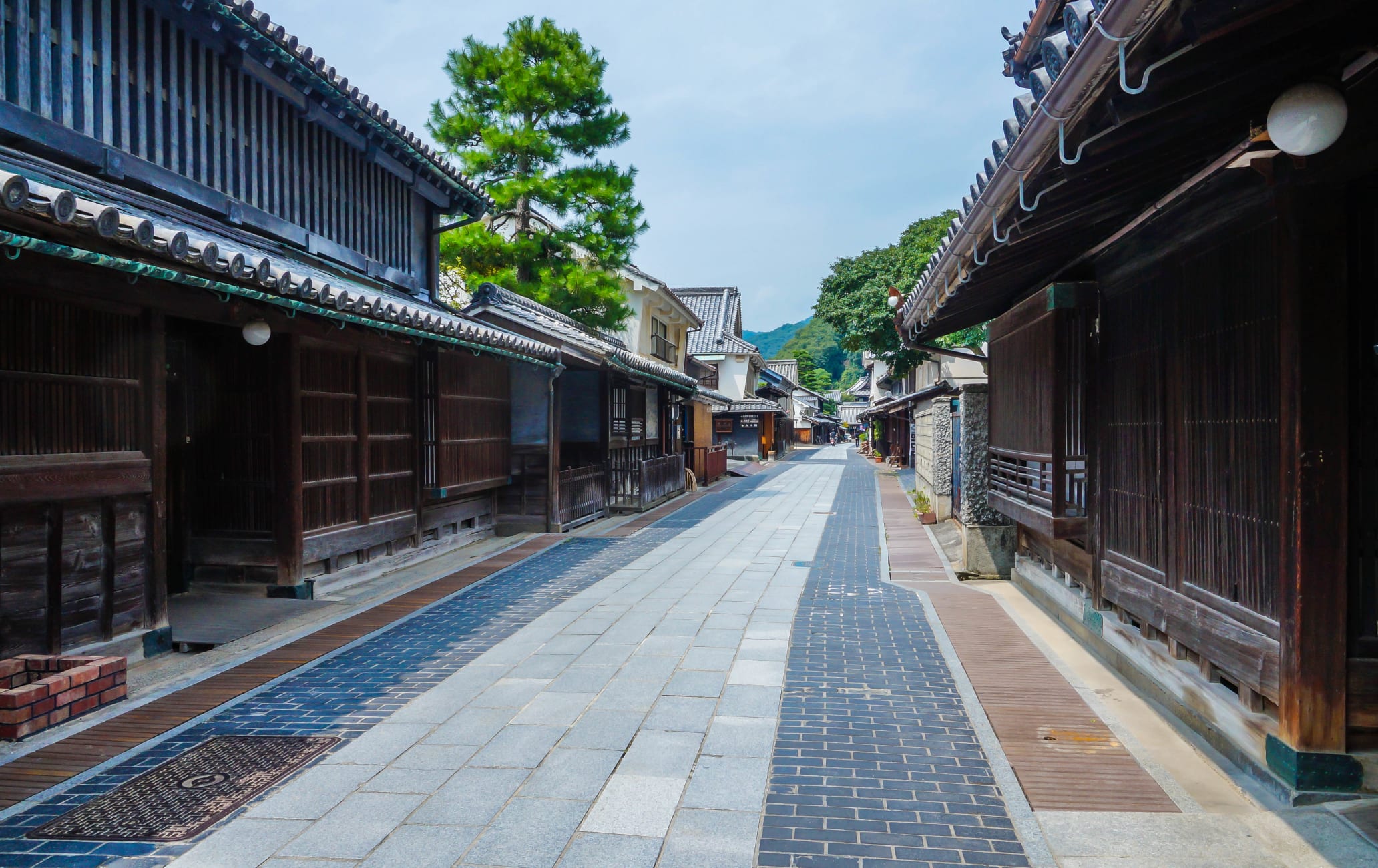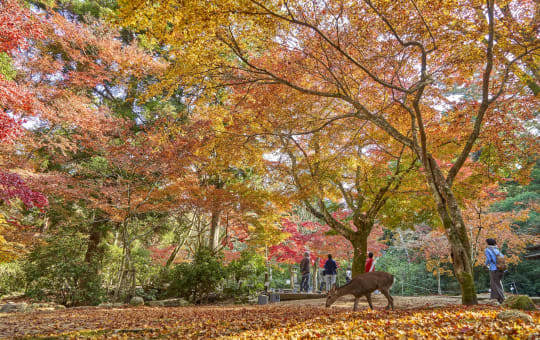Take a stroll back in time at Hiroshima's little Kyoto
Takehara was a prime producer of salt and sake in its heyday. Nowadays the area is famed for its preserved historical townscape; the area's main streetway is lined by traditional wooden buildings harking back to the Edo period (1603-1867). Known as the town facing the Seto Inland Sea, visit Takehara, to round out your Hiroshima area experience.




Don't Miss
- “Takehara Lattice,” paper-art like panel lattice adorning many of the traditional wooden buildings
- Experiencing traditional bamboo crafts at the Machinami Bamboo Studio
- Tasting sake at the Fujii Shuzo Sake and Souvenir Store
How to Get There
Takehara is best reached by train or a combination of train and bus travel modes from Hiroshima. Reach Hiroshima from Tokyo or Osaka via bullet train.
Highway buses run directly to Takehara Station from the Hiroshimaeki Bus Stop at the train station; the journey takes around one hour and 10 minutes.
If traveling via train to Takehara Station from Hiroshima, take either bullet or regular trains to Mihara Station. Transfer for the JR Kure Line for Hiro and disembark at Takehara Station.
Alternatively, take the Akiji-Liner for Hiro from Hiroshima Station. When you reach Hiro, change for the JR Kure Line for Mihara, and disembark at Takehara Station.
The preserved townscape area is about 12 minutes from the station by foot.
A must for sake lovers
While Takehara has ceded its sake making crown to the nearby sake district of Saijo, visit Fujii Sake Brewery, one of the few remaining sake brewers located within the historically preserved area. The producer uses traditional methods and locally grown rice and spring water to produce its award-winning brews.
For those interested in the history of Japanese alcohol, Masataka Taketsuru, founder of Nikka whisky, was born in Takehara in 1894. After leaving his family sake brewery, he traveled to Scotland, married a Scottish woman and came back to Japan to found the company. Sake is still beloved and brewed by many in his hometown.



Festivals of light and shadow
Several colorful festivals are held throughout the year, but Takehara really embraces the all things celebratory during summer. Takehara's biggest event is the "Takehara Longing Road," in which the town's historic district is lit up with the light of 5,000 bamboo lanterns. More than 30,000 people visit the event every year. During Obon, the annual Buddhist event for commemorating one's ancestors, August's Sumiyoshi Festival sees women in kimono dancing through the evening streets and lit paper lanterns floating on the bay.
Nearby natural hot springs
There are some spots nearby to enjoy natural hot springs, but perhaps the most memorable is Enmei no Yu at Kamogawaso. In addition, Yusaka Onsenkyo has a Japanese garden and is a popular area for tourists.
A view worth walking for
A single train stop east of Takehara Station will take you to Mt. Kurotaki, which stands 266 tall meters and takes around 45 minutes to climb. The summit offers spectacular views of the city and the surrounding Seto Inland Sea.
Thirty-three Buddhist stone statues line the mountain path. The statues were donated by the locals over 150 years ago to watch over you as you hike up the slope.

























































